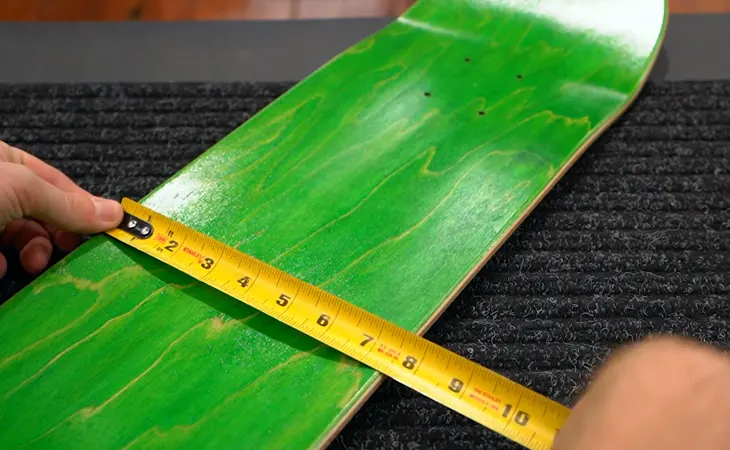Size Of A Skateboard: 7+ Essential Things You Must Know
Skateboards come in various shapes and sizes, with each optimized for a particular skating style. What may be a great board for a professional can simultaneously be too difficult for a beginner. Hence, it’s prudent to select a size of skateboard that suits your style and experience.
There are plenty of variables that go into making the perfect board for a skater. Apart from the basic shape and size, you also have to keep your body type in mind. We have described what sizes the pros use, but you might not want to hurry to that.
Whether you’re a beginner or an experienced rider, here’s everything you need to know about skateboard size.
What Size Of A Skateboard Do I Need?
We have summarized seven key elements for choosing your board size. However, there are a lot of things to consider under those seven things. Don’t be afraid. Give the article just 10 minutes, and you will get what we are talking about.
In this section, I’ll detail each element and how it affects your skating.

01. Deck Size
There are several parameters to consider when looking at deck size. They include;
I. Width
Regular skateboard size lies between 7.5 – 8.25 inches. A rider’s specific board size depends on body size, riding style, shoe size, and age.
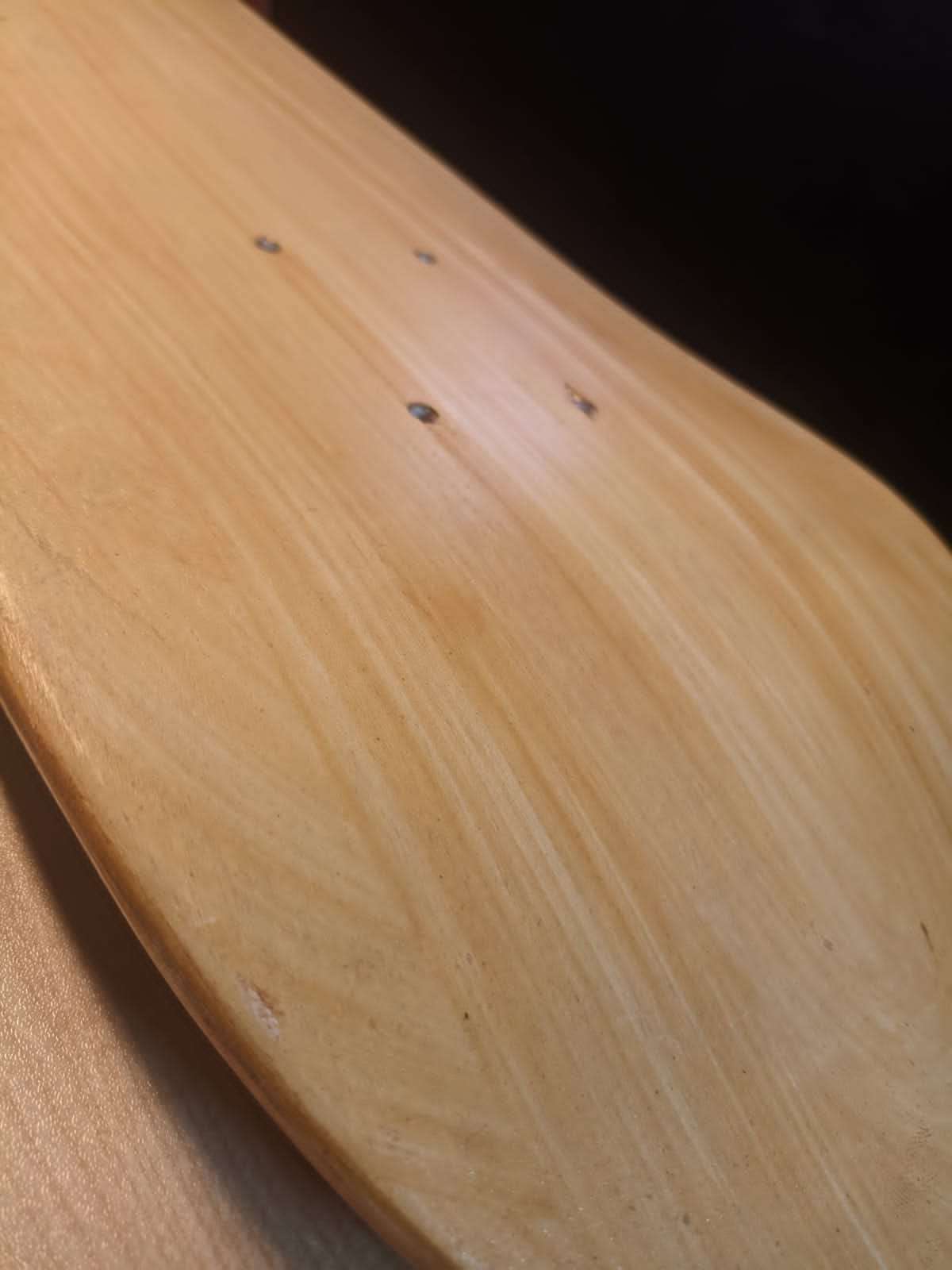
If your deck is too big, you will use more energy while riding and experience difficulty performing tricks. Similarly, a narrow deck affects balance and may lead to severe injuries when performing tricks.
In my experience, bigger riders and those who skate ramps or engage in vert skateboarding should use more expansive decks. Narrower decked boards better serve smaller riders and those who enjoy street skating.
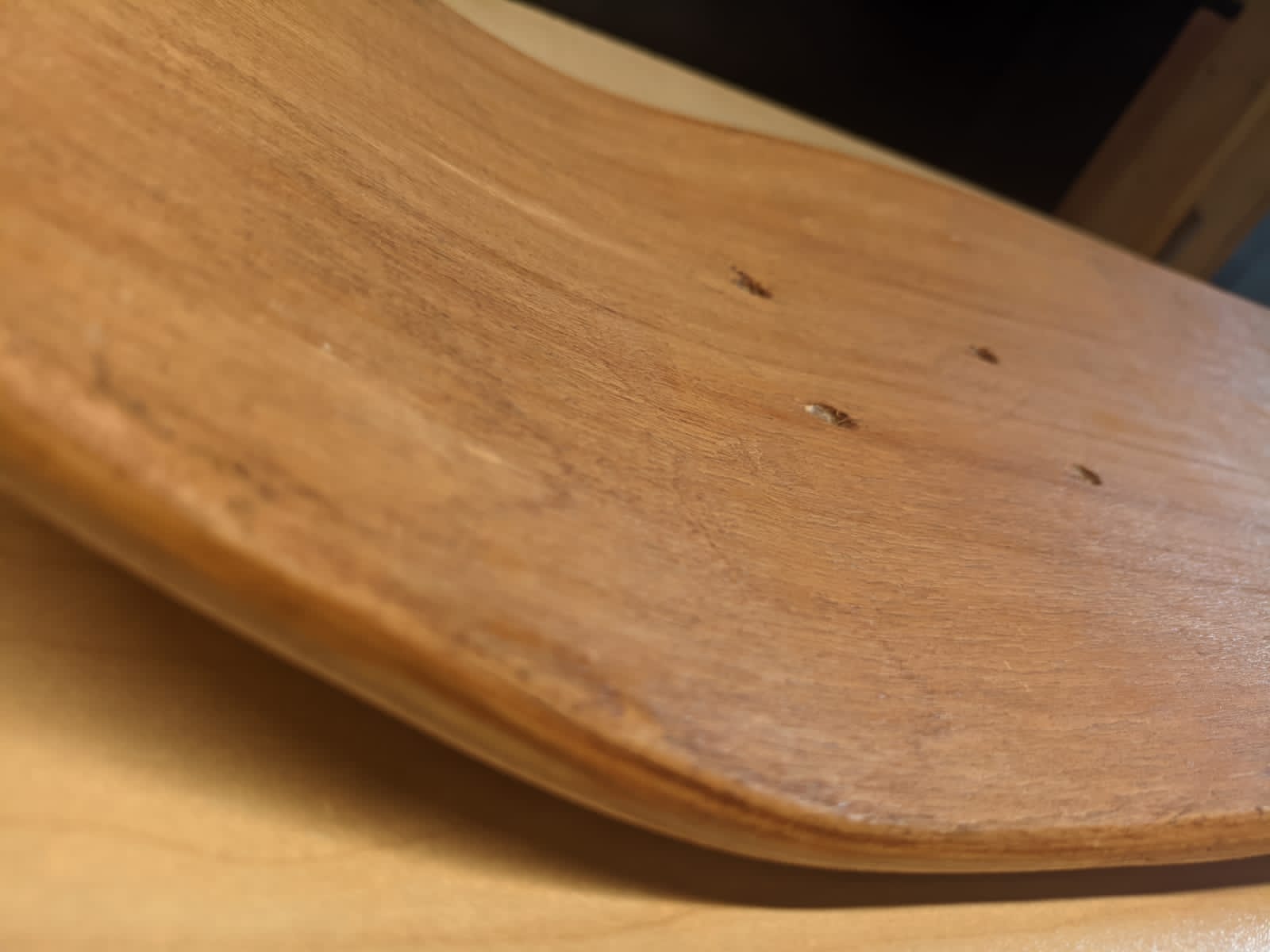 easier to stand and balance on them.” class=”wp-image-49042″/>
easier to stand and balance on them.” class=”wp-image-49042″/>Wider boards are great for commuting since it is easier to stand and balance on them. I recommend wide boards for beginners since they offer better balance and are easier to ride.
II. Length
The length of a skateboard is the distance between the tip of its nose and tail. Most boards measure between 28 – 32 inches. Although length can be important depending on the application, beginners should focus more on deck width.
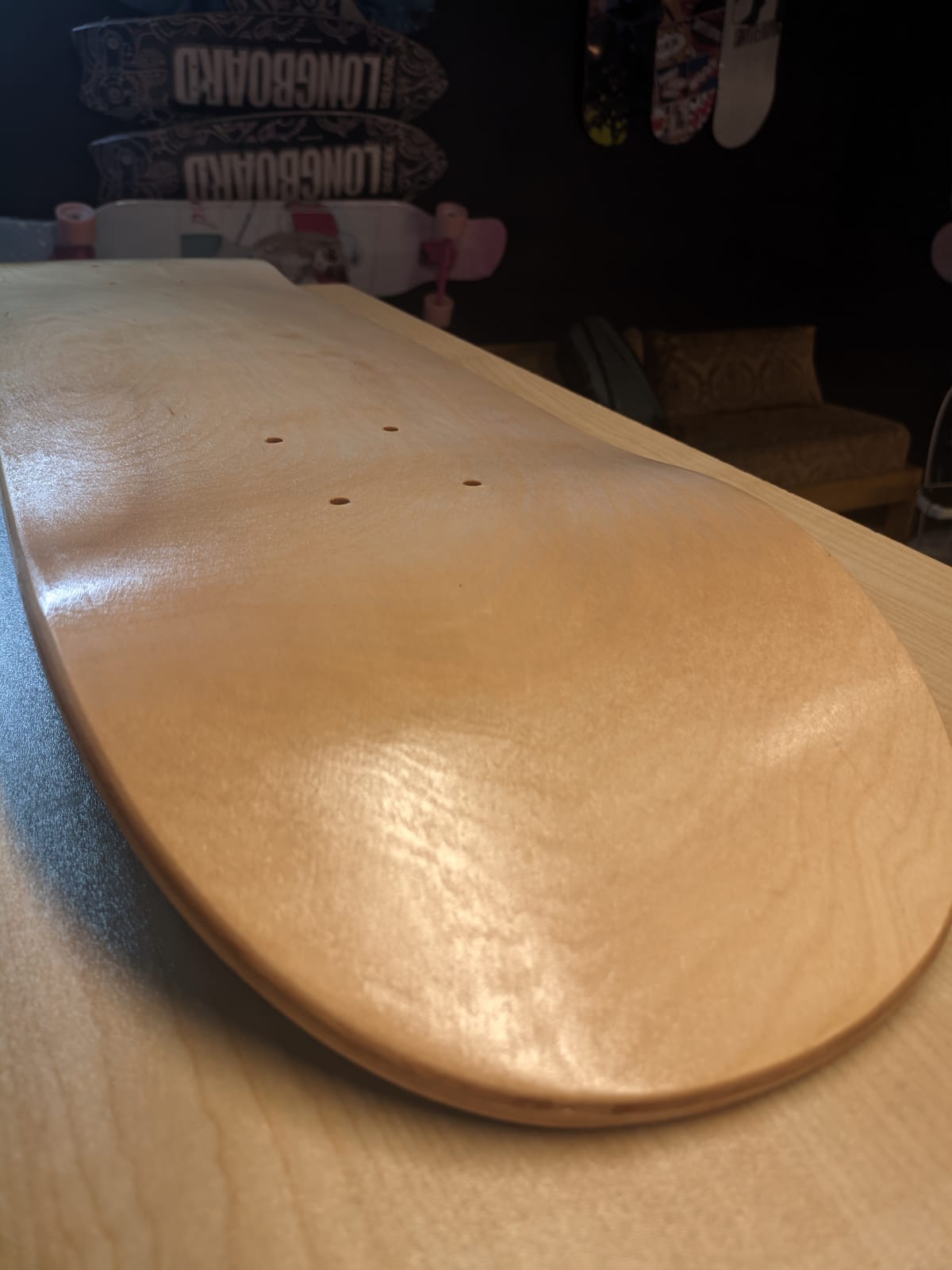
III. Wheelbase
The wheelbase of a skateboard is the distance between the front and back wheels. The average wheelbase falls between 13 – 15 inches.
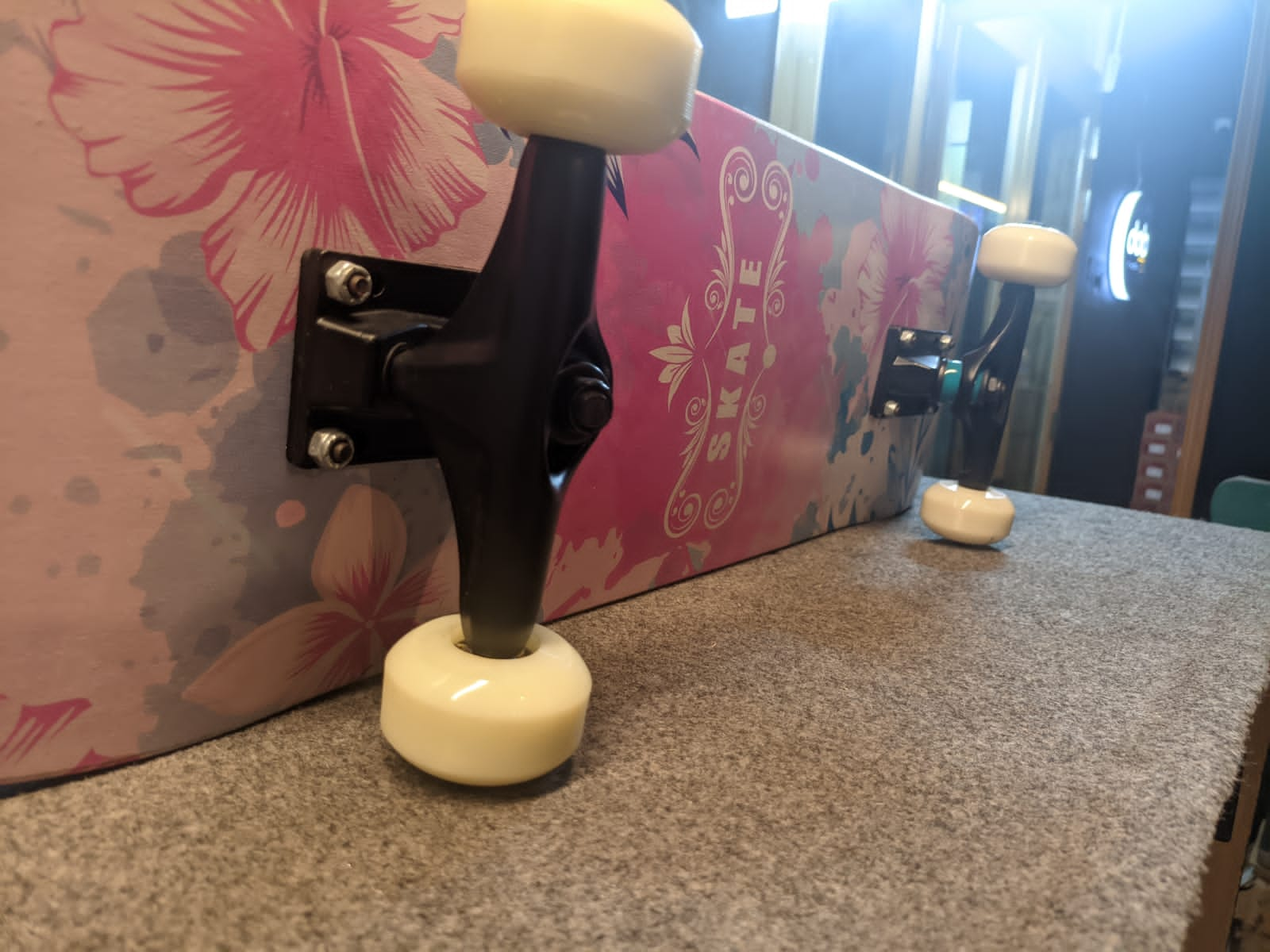
Though most boards have a preset, unchangeable wheelbase, some come with several pairs of mounting holes. This feature allows you to change the length of your board’s base, drastically altering performance.

Altering the wheelbase is a pro skater’s domain, so I recommend that you avoid tampering with it if you’re a beginner.
IV. Nose and tail
The nose is the front of the board, while the tail is the rear. It is difficult to tell the nose and tail apart, so most manufacturers add some graphics to differentiate them. The nose’s kick is more prominent, so you can always tell the two ends apart even when there is no graphic.
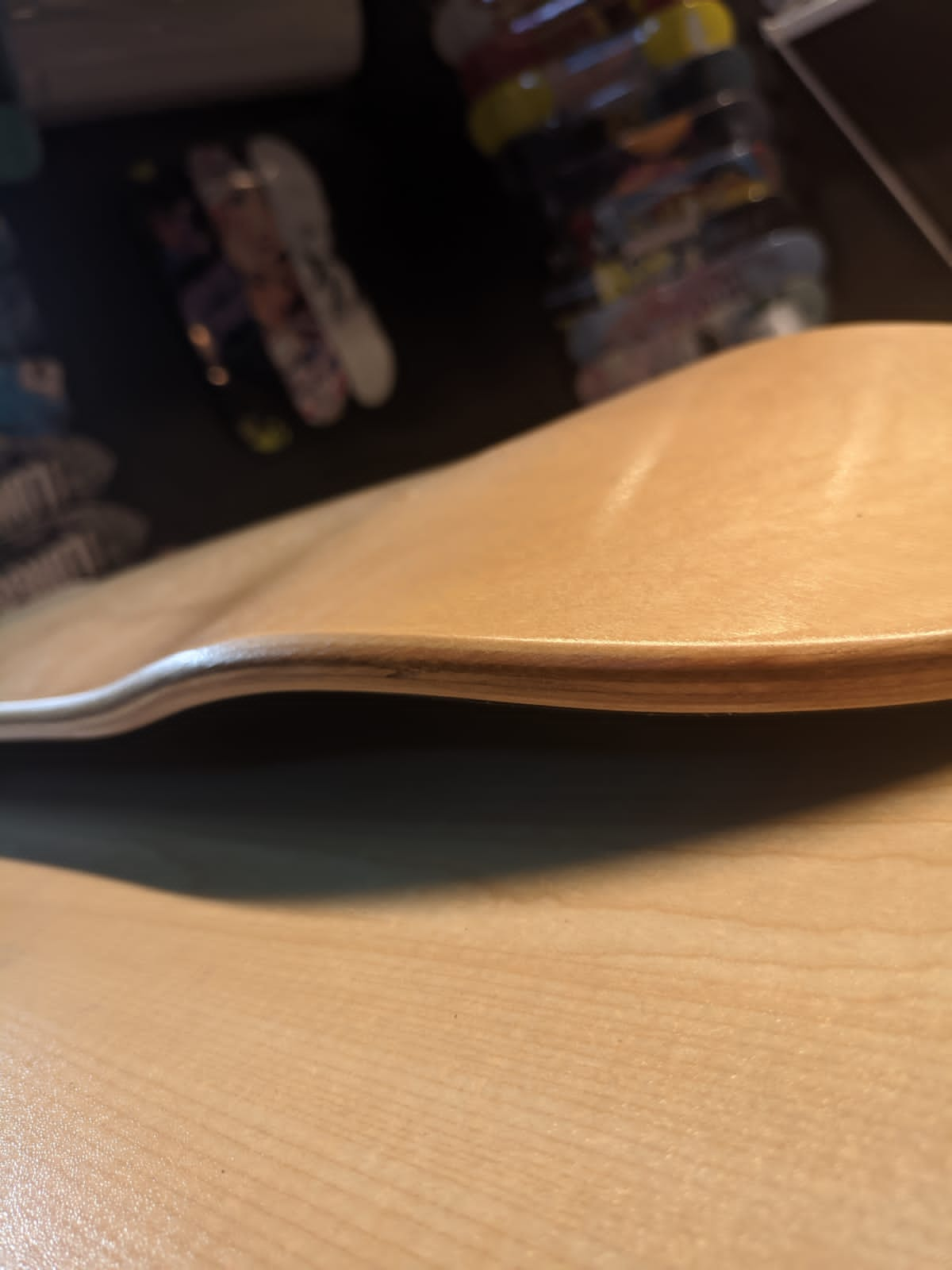
V. Mounting holes
Typically, there are two sets of four holes, one near the nose and the other near the tail, meant for attaching trucks.
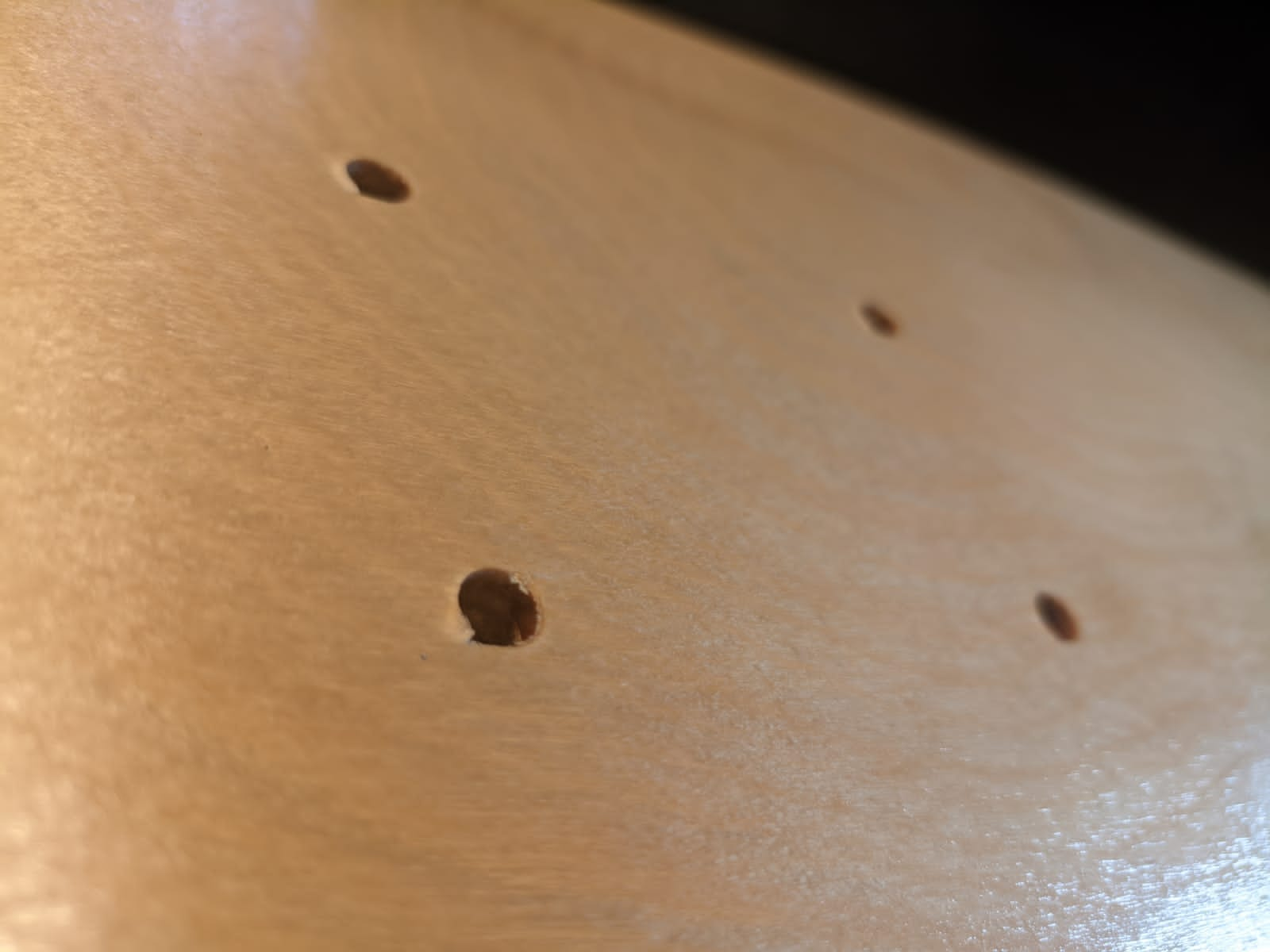
Some boards have more than one set of mounting holes, allowing the rider to change wheelbase length as preferred.
VI. Ply
If you look at a skateboard side-on, you’ll notice that it is made of several thin layers. One thin wood layer is called ply, and pressing several together creates a more robust board than if the wood was a single block. Most decks are seven-ply, meaning they have seven layers.

See also: 7 The Best Skateboard Trucks: An Unfiltered Buyers’ Guide
02. Deck Shape
Skateboards come in different shapes depending on their intended purpose. Before choosing a board, it is prudent to understand what each deck style is optimized for.

Wider boards are great for cruising at higher speeds but are bulkier, requiring more energy to flip. On the other hand, narrow boards require less power in your legs to flip, making them ideal for tricks. You should select the best deck shape depending on your skateboarding style.
I. Cruiser
A board with a deck shaped like a surfboard is called a cruiser. These boards typically have a kicktail and are of medium length. Their length and the presence of a kicktail make cruisers easy to handle, so they are ideal for cruising.
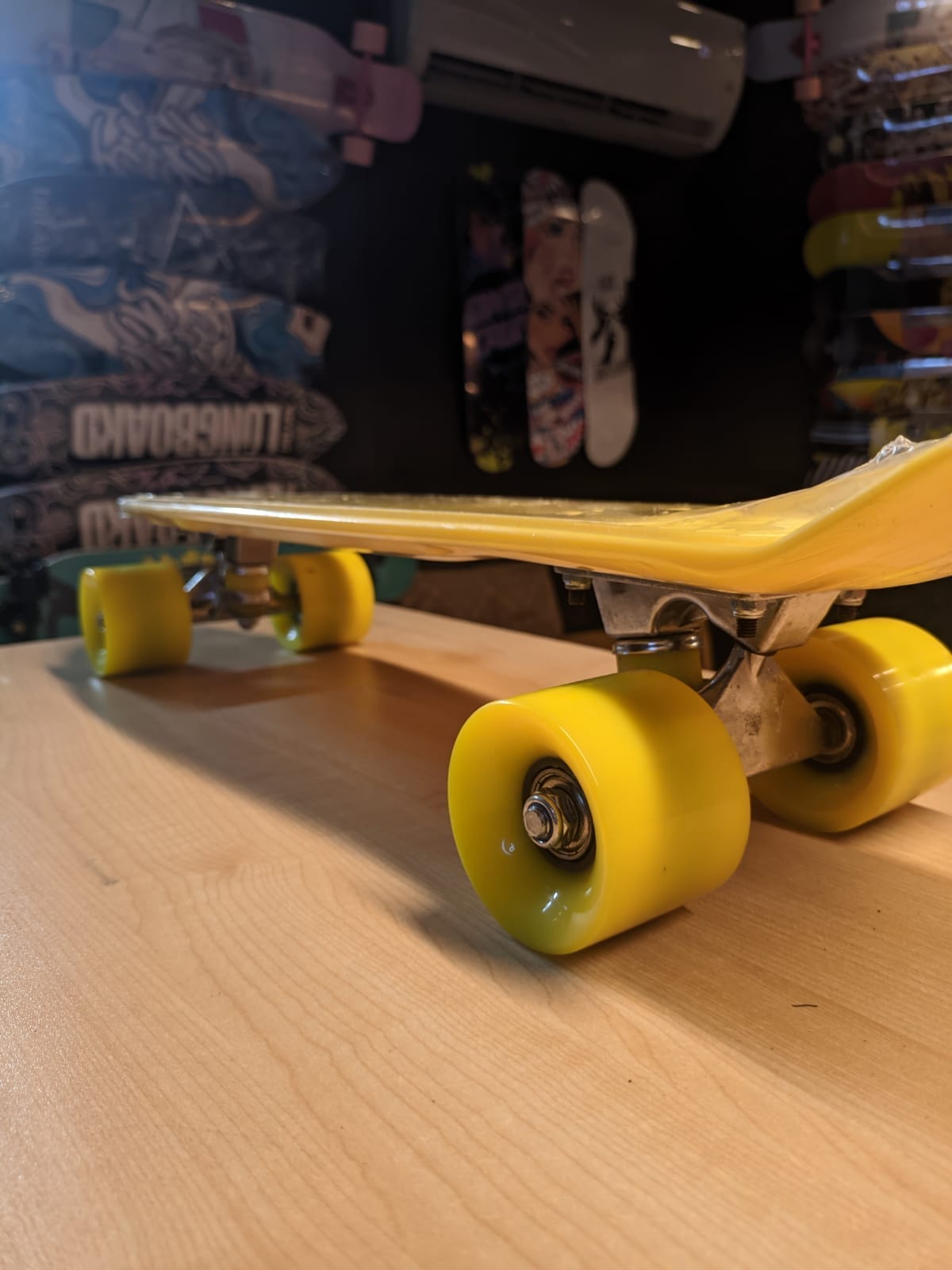
II. Popsicle
They are also known as shortboards. They are the shortest boards available and are optimized for stunts and tricks. I recommend a shortboard if you love street skating and doing elaborate trickery.
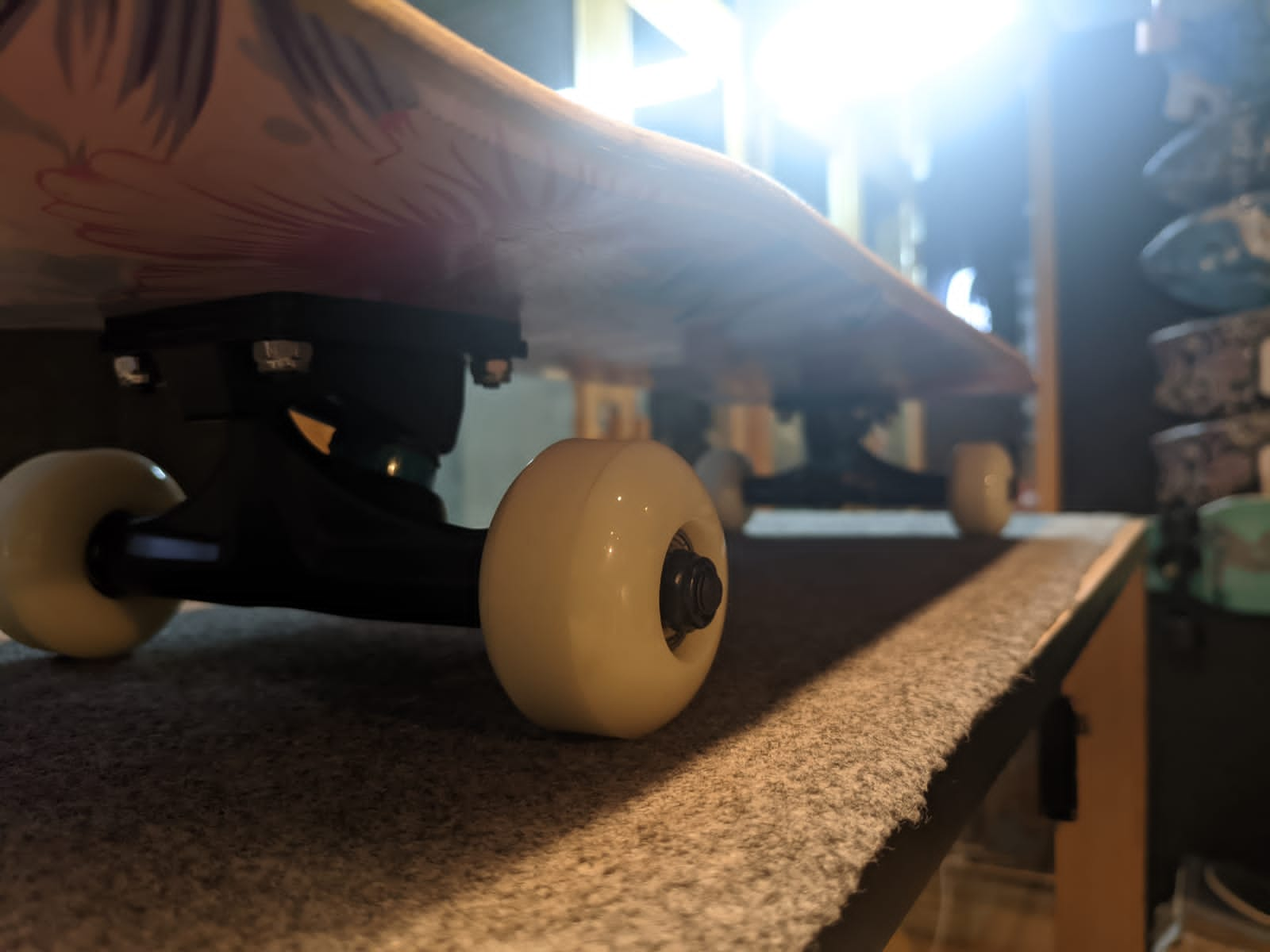
III. Curve
A curve skateboard incorporates the best of longboards and cruisers. Its fish-like design enables uniform speed and balance with minimal pumping.

IV. Old school
These boards are shaped asymmetrically, with a wide, flat nose and kicktail. The asymmetrical shape limits the number of tricks an old school board can perform; hence they are less popular.
03. Deck Concave
The deck concave is the wood surface curve between the nose and tail. By holding your feet in place while you ride, the concave allows you to have better control of the board. There are several types of concave;

I. Flatconcave
It Has no curvature, hence is suitable for tricks where you have to move your feet on the deck a lot.

II. W concave
It’s Made for downhill racing longboards. Has a W concave groove that keeps feet safely planted, preventing slipping.
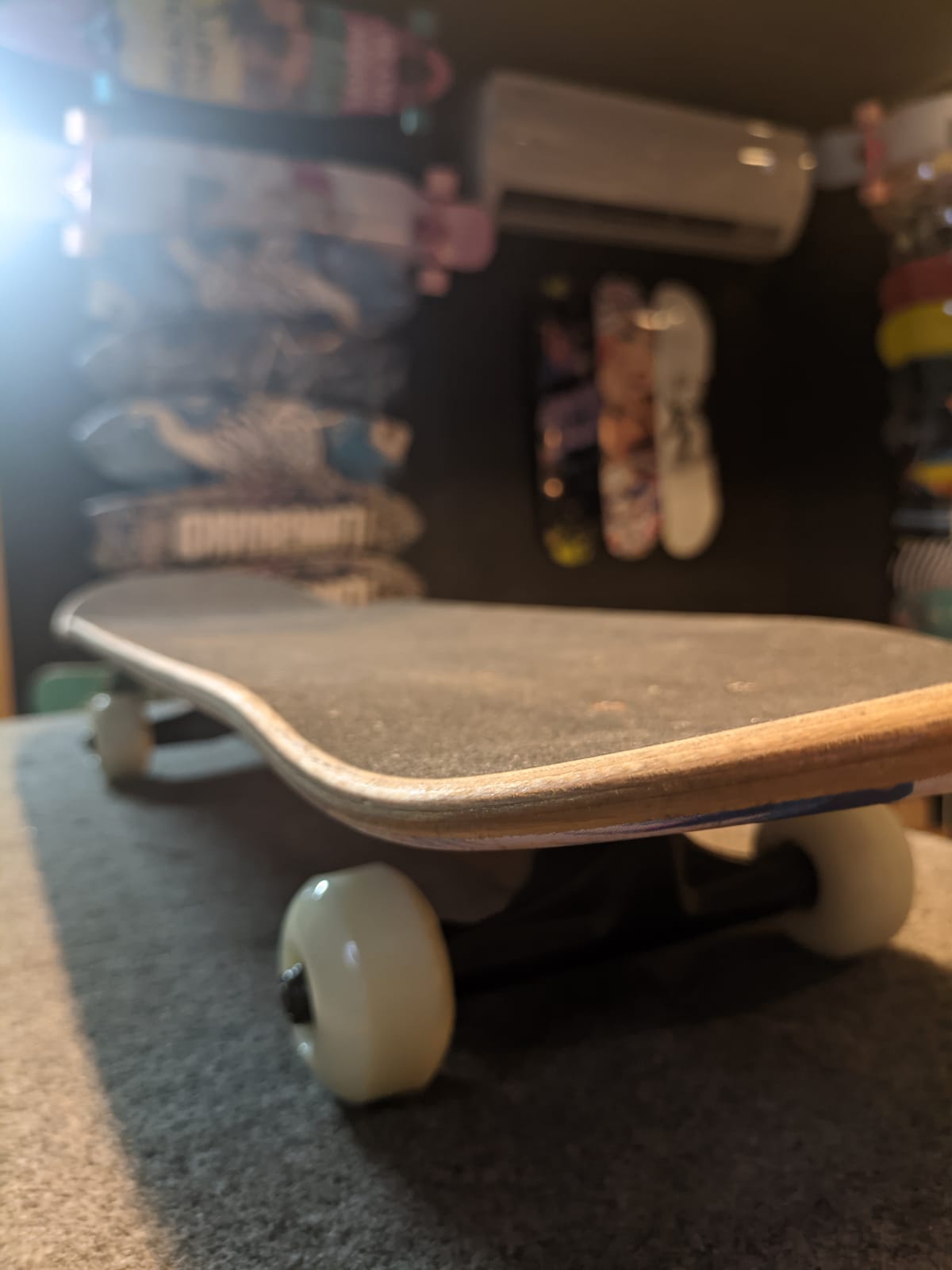
III. Radialconcave
This has a U-shaped groove that keeps your feet planted while allowing you to move the feet when required.
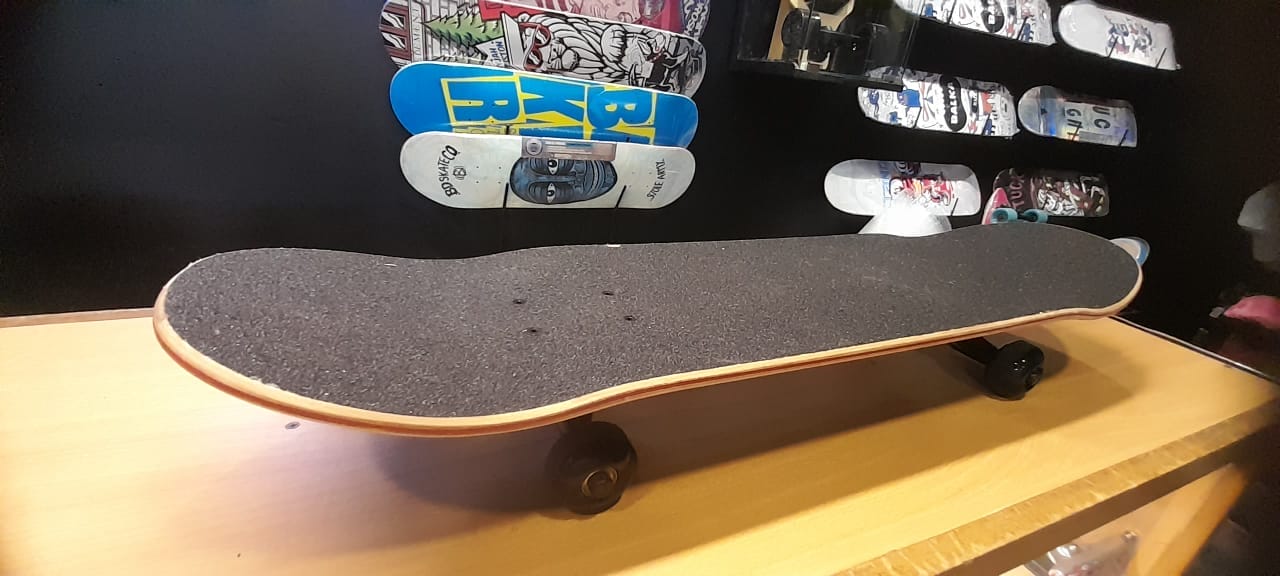
IV. Progressiveconcave
It’s similar to a radial concave with the difference that it has rails, offering more stability.
V. Tub concave
It has a sharper-edged U-curve whose flatter surface is comfortable for riders. Its edges allow skilled skaters to latch onto them when sliding sideways.
As a beginner, I suggest you experiment with deck concaves to find the most comfortable one for you.
04. Body Size
The board you choose should suit your body size; otherwise, you will experience problems skating. The two essential aspects of the body to consider are height and weight. The taller you are, the wider the board you should get.
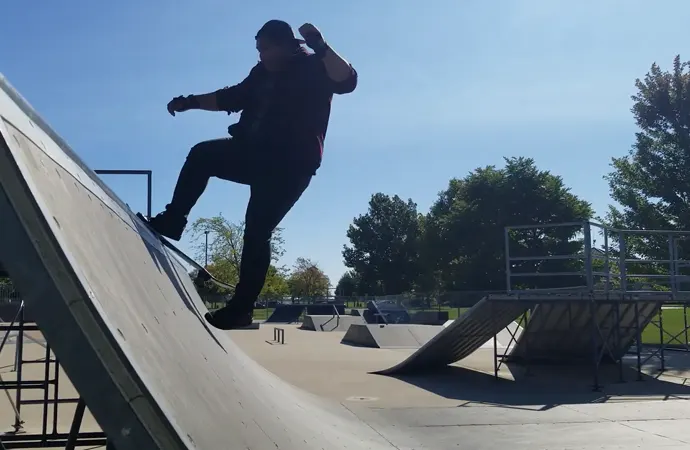
I. Men
Depending on what country you reside in, here’s a chart of board size and corresponding height.
| Size | Height | US | UK | Canada | AU | Others |
|---|---|---|---|---|---|---|
| 7.25 – 7.75 inches | 4ft 6in and below | 4ft 6in and below | 137cm and below | 137cm and below | 137cm and below | 137cm and below |
| 7.75 – 8.00 inches | 4ft 6inch to 5ft 6in | 4ft 6inch to 5ft 6in | 137 – 168cm | 137 – 168cm | 137 – 168cm | 137 – 168cm |
| 8.00 – 8.50 inches | 5ft 6in and above | 5ft 6in and above | 168cm and above | 168cm and above | 168cm and above | 168cm and above |
In my experience, you have to choose a skateboard that can handle your weight to avoid momentum-related injuries. Here’s a chart of skateboard size and weight depending on your country of residence.
| Size | Weight | US | UK | Canada | AU | Others |
|---|---|---|---|---|---|---|
| 6.5 – 6.75 in | 45 and below | 45 and below | 20 kg | 20 kg | 20 kg | 20 kg |
| 7.00 – 7.50 in | 46 to 59 lbs | 46 to 59 lbs | 21 – 27 kg | 21 – 27 kg | 21 – 27 kg | 21 – 27 kg |
| 7.50 – 8.00 in | 60 to 100 lbs | 60 to 100 lbs | 28 – 45 kg | 28 – 45 kg | 28 – 45 kg | 28 – 45 kg |
| 8.00 – 8.50 in | 101 to 151 lbs | 101 to 151 lbs | 46 – 68 kg | 46 – 68 kg | 46 – 68 kg | 46 – 68 kg |
| 8.50 in and above | 152 lbs and above | 152 lbs and above | 69 kg and above | 69 kg and above | 69 kg and above | 69 kg and above |
II. Women
The same factors that affect skateboard size for men, also determine board size for women. However, most women have smaller feet compared to men. Hence, it is important for a lady to go to the store and check which board size is most comfortable.
05. Truck Size
Skateboard trucks are the T-shaped component under your board that holds the wheels in place. Your skateboard won’t roll anywhere without trucks.
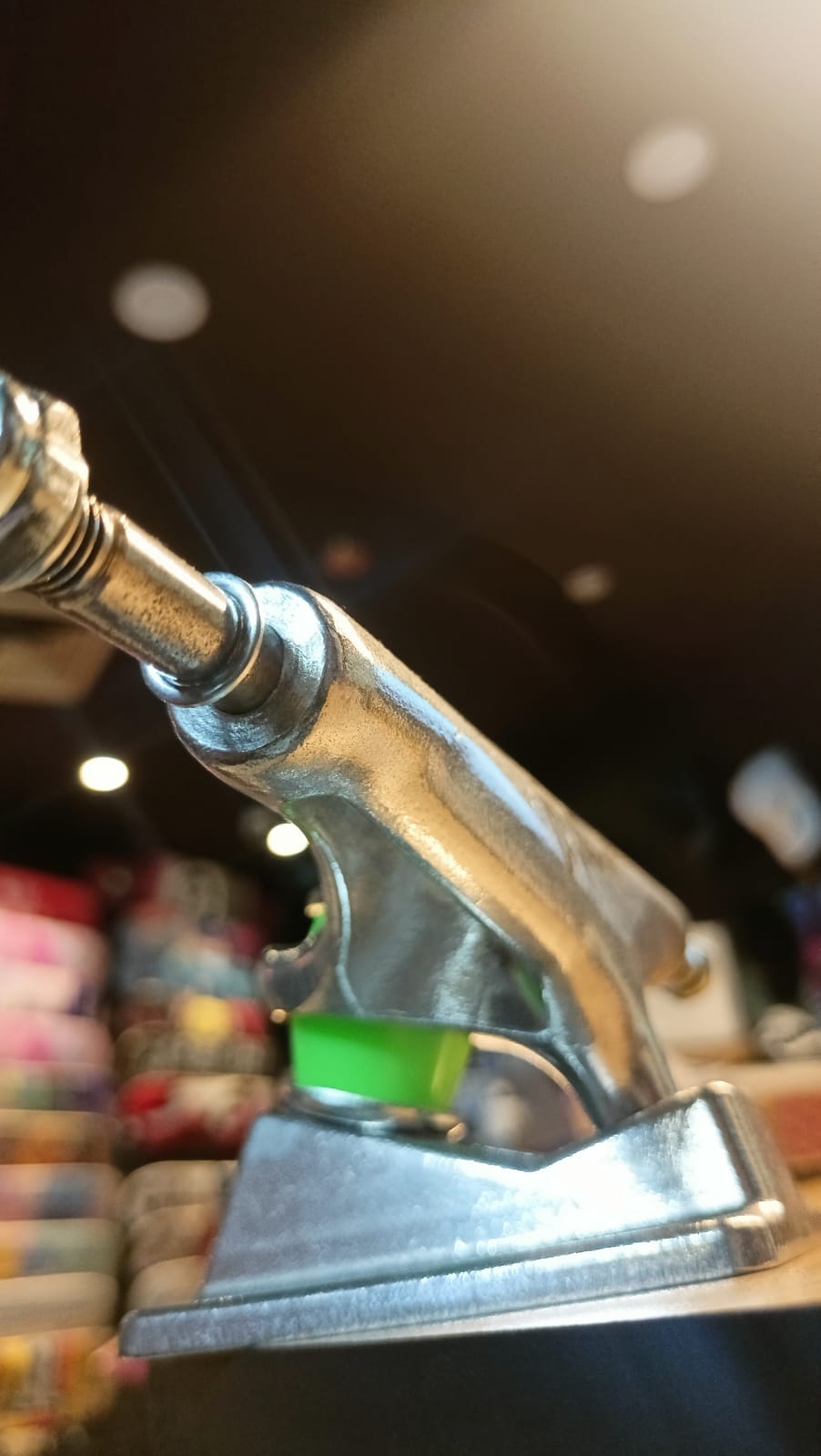
The trucks on your skateboard should not be wider than the deck since that would affect stability and make tricks difficult.
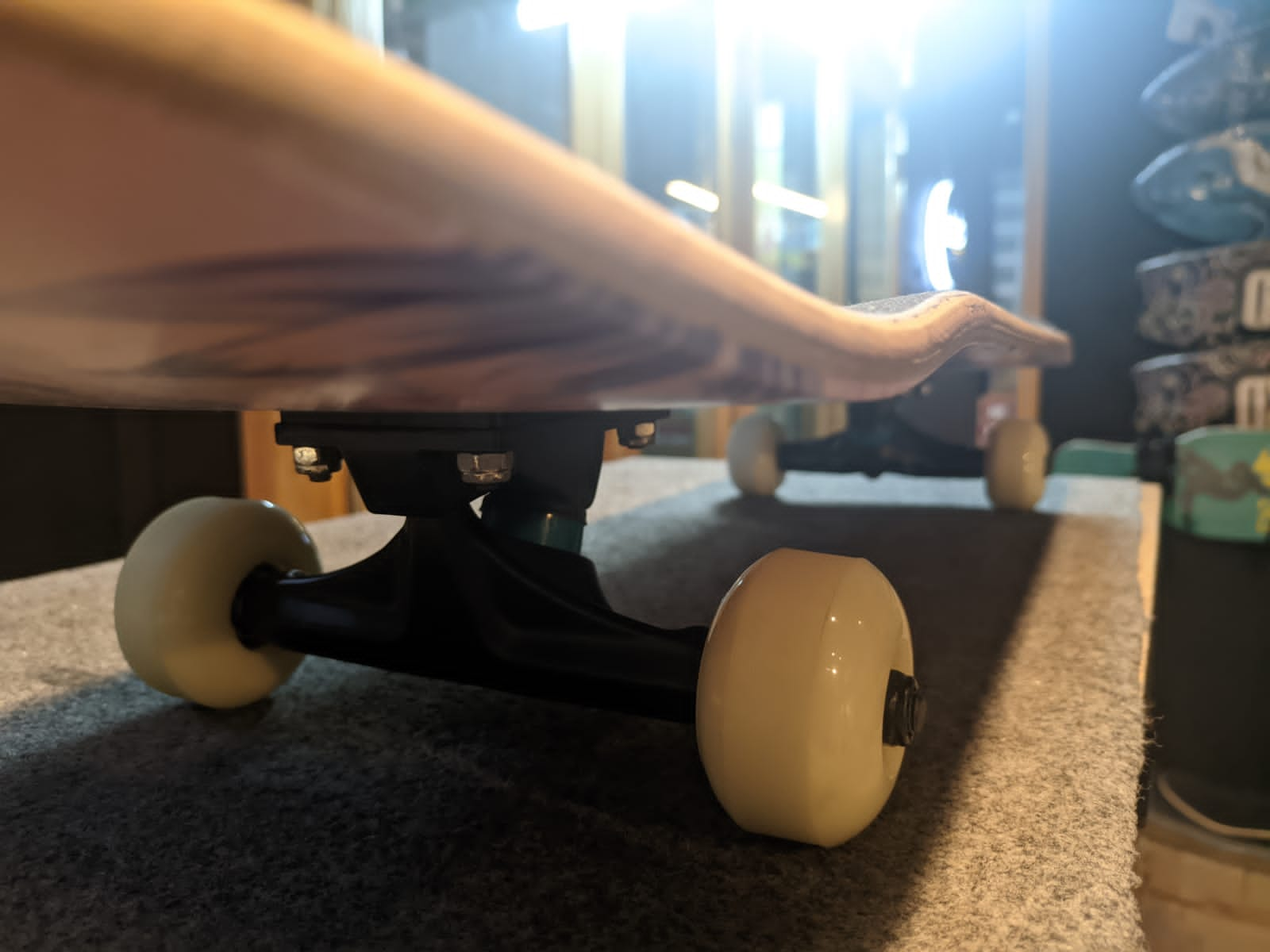
The distance between the top and bottom of a truck is its profile. Depending on the skating style, there are three profiles to choose from;
I. Low trucks
These are made to fit with small wheels. Low trucks are great for tricks such as flipping.
II. Medium trucks
These trucks are great for street skating and performing a variety of skills.
III. High trucks
High trucks are made to accommodate bigger wheels like the ones used on longboards. Hence, they are ideal for cruising.
Let’s check the following chart for easy understanding
| Truck Type | Purpose | Wheel Compatibility | Ideal Use |
|---|---|---|---|
| Low Trucks | Tricks, Flipping | Small Wheels | Skatepark, Technical Tricks |
| Medium Trucks | Street Skating, Skills | Medium Wheels | Street Skating, Freestyle |
| High Trucks | Cruising | Big Wheels (Longboards) | Longboarding, Cruising |
Most skaters customize trucks because they want cutting-edge performance, but for beginners, the trucks on the regular boards are good enough.
06. Wheel Size
Wheels vary in size, so your choice of wheels depends on riding style and board size. There are three wheel characteristics that affect performance;
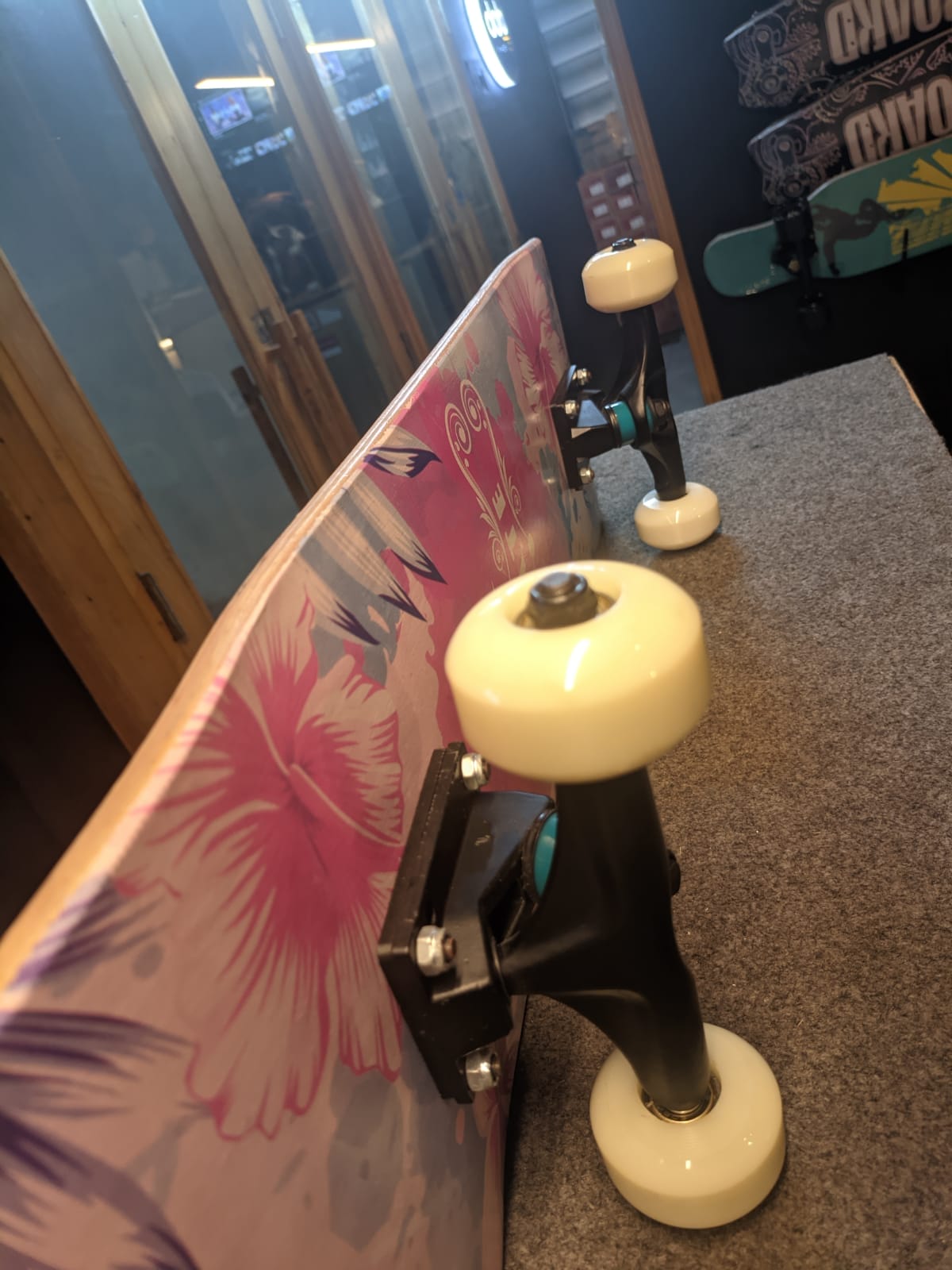
I. Wheel diameter
Smaller wheels are light, so they are more responsive, making them ideal for street skating and performing tricks.
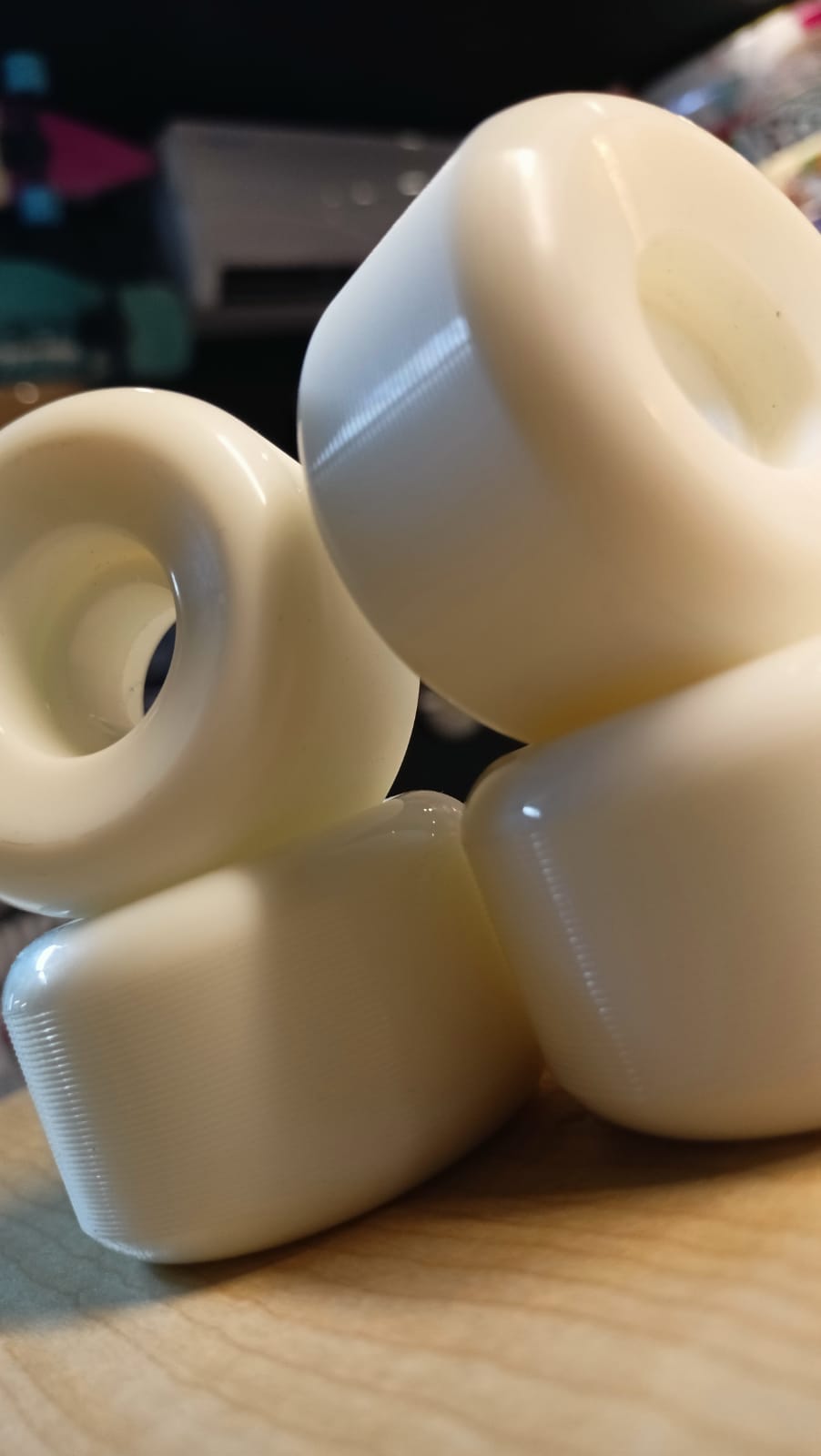
Big wheels are heavier but faster, even in rough terrain. Hence, they are ideal for commuting.
II. Riding surface
This is the part that contacts the ground. A narrower riding surface allows sliding, which is why technical riders use it to perform tricks. A wider riding surface has lots of grips, so it doesn’t slide even at high speeds. Wider wheels are used for skating bowls and commuting.
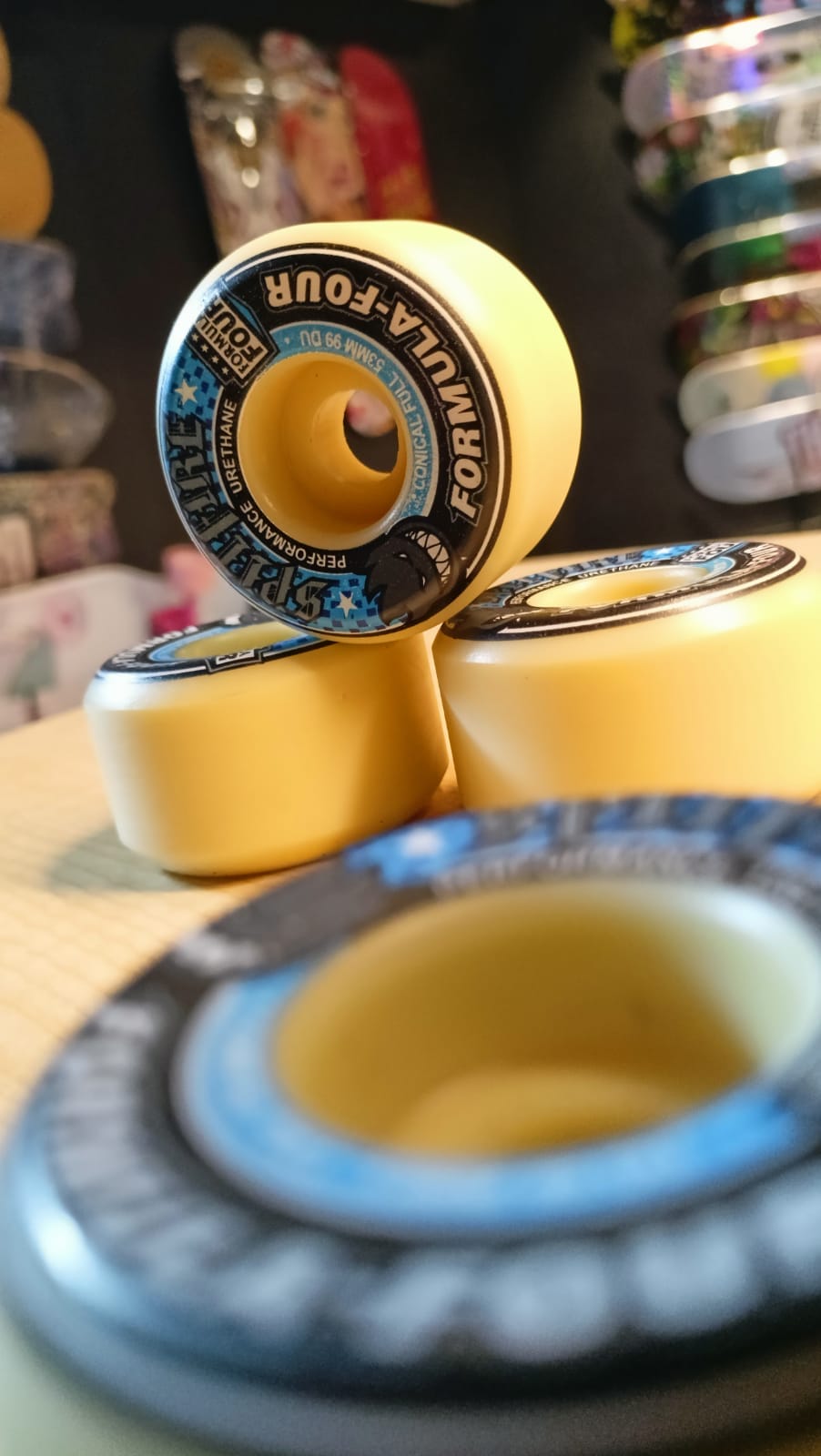
III. Wheel profile
The wheel profile relates to how the wheel generally looks. Sharp edges provide more grip, while rounded edges allow sliding.
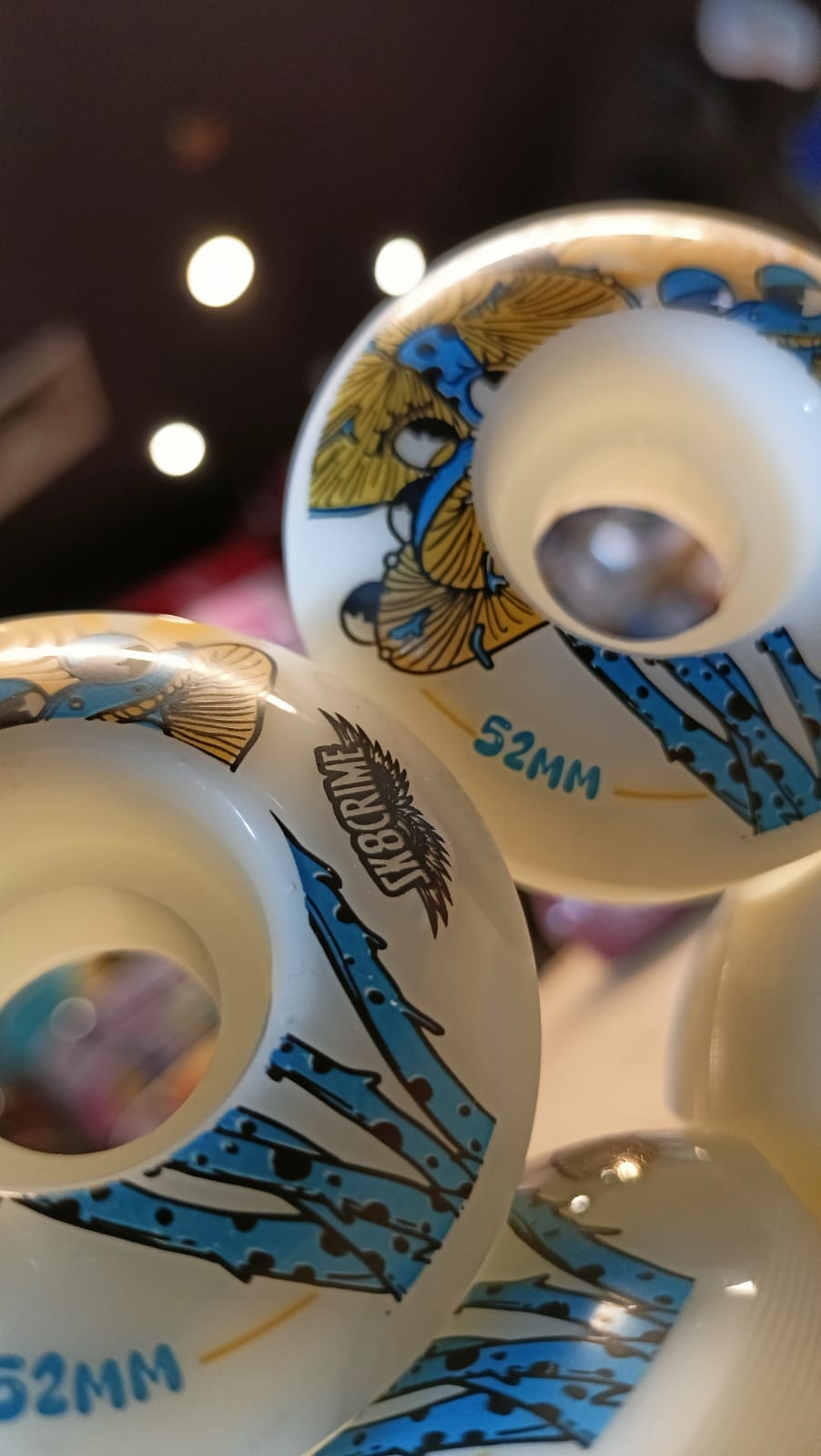
I suggest regular-sized wheels of between 52 and 54 mm for a beginner.
07. Shoe Size
Choosing a deck width that fits your shoe is vital because if the deck is too narrow, your feet may protrude beyond the deck, making it harder to corner.
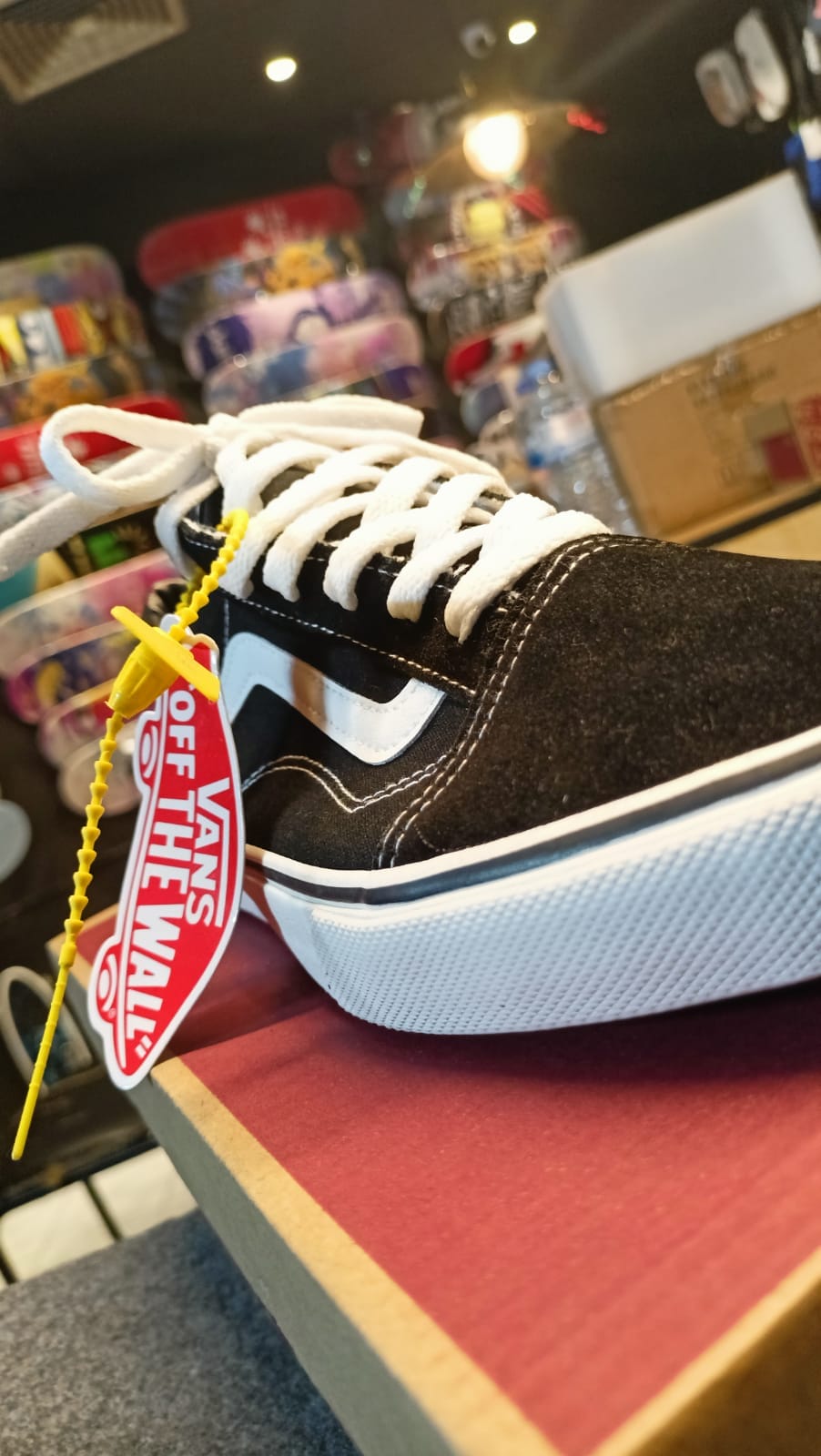
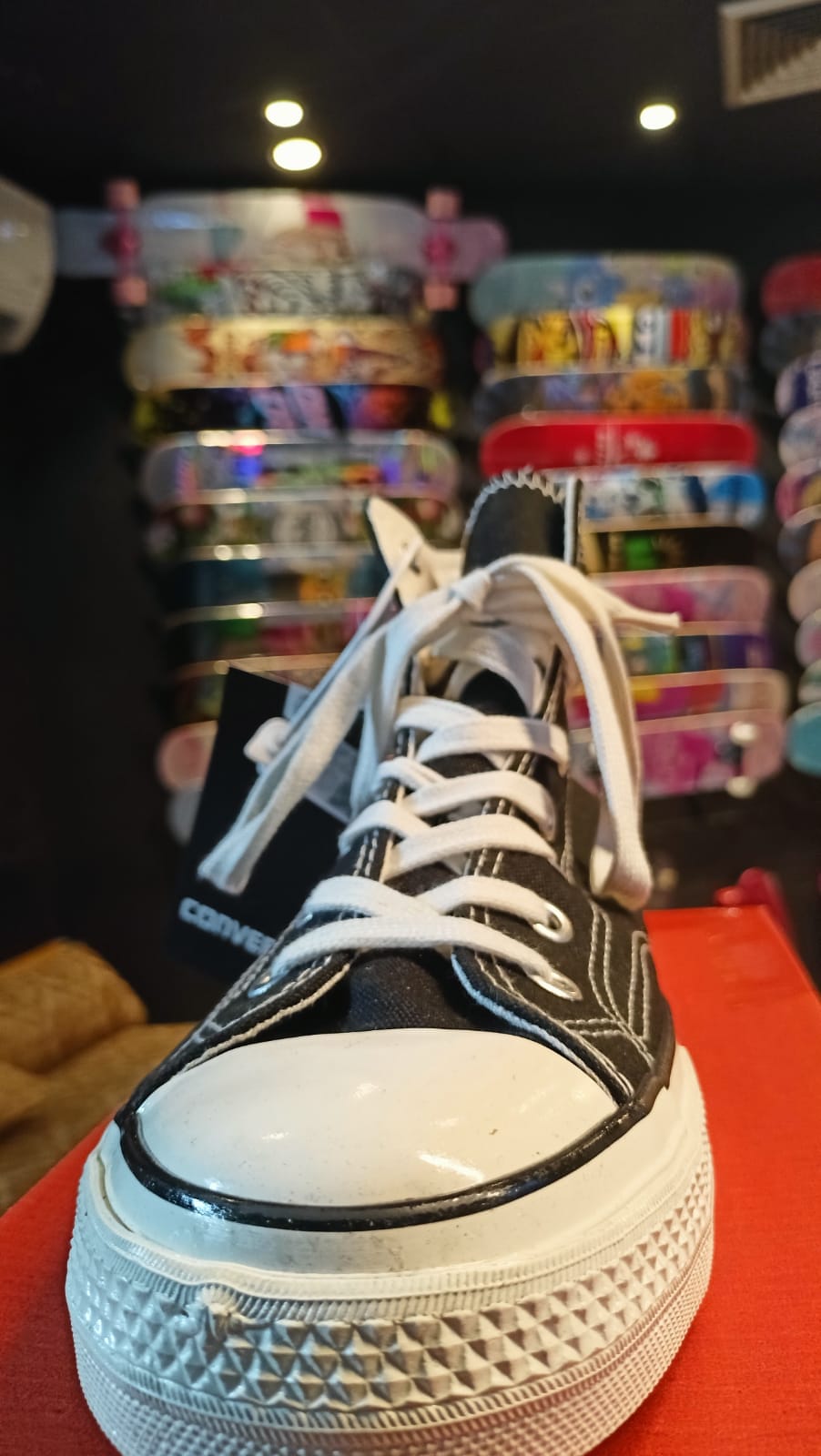

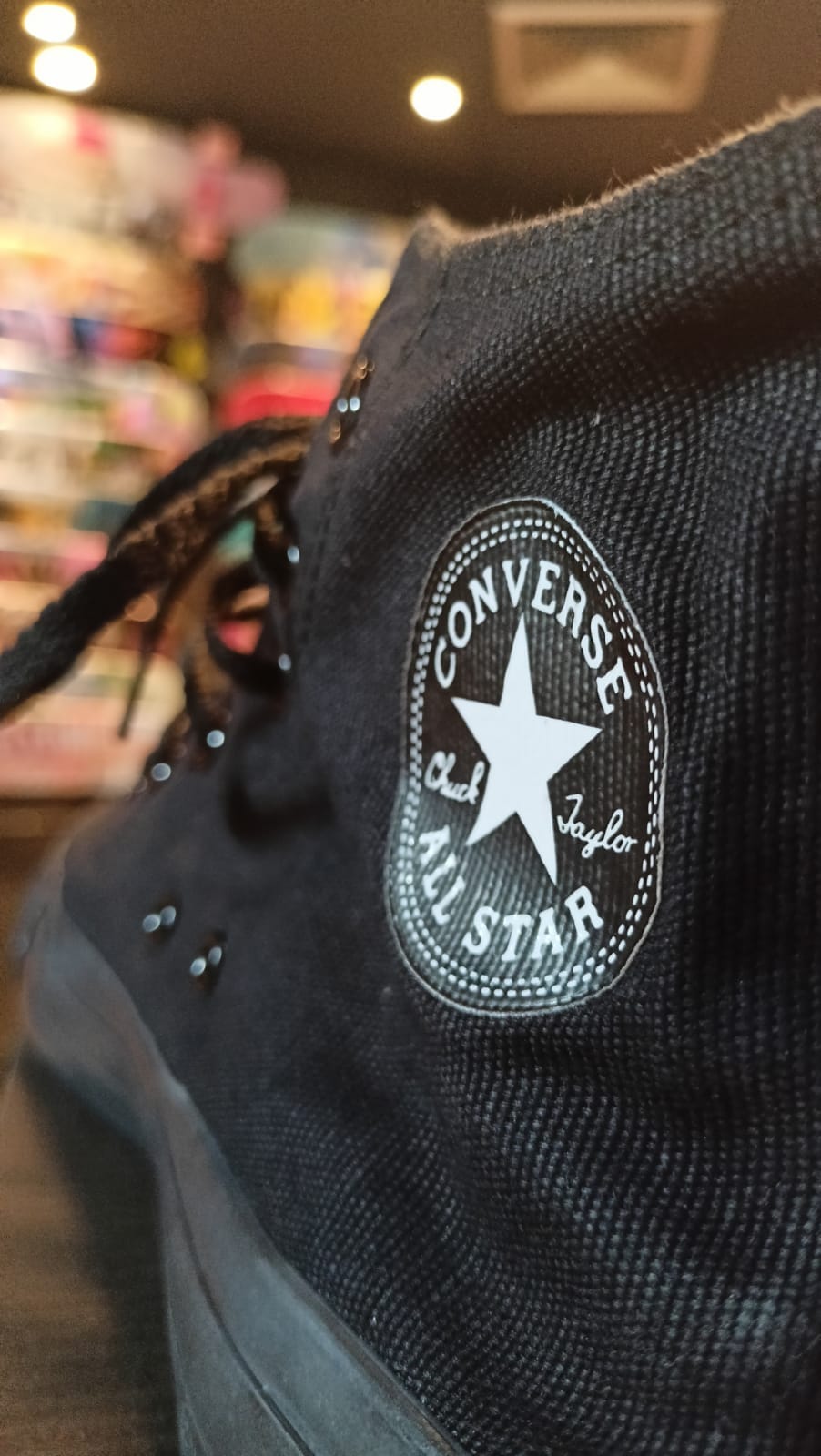
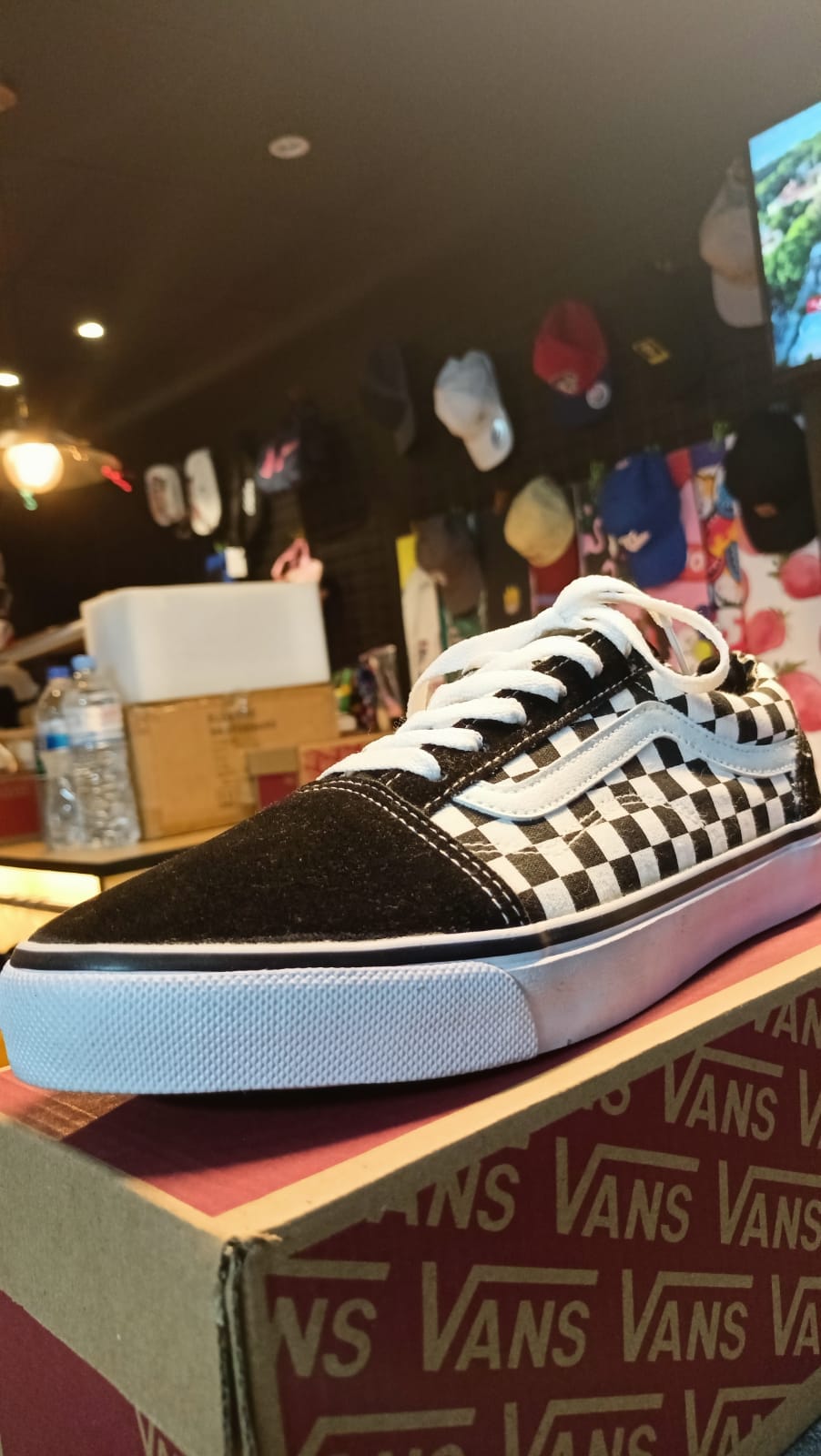

I recommend visiting a skateboard shop and checking what deck fits your shoe size. However, if you can’t make it to a shop, here’s a rough guide;
| Deck Size Range (inches) | Shoe Size Range (US men) | Shoe Size Range (EU men) |
|---|---|---|
| 7.5 – 7.75 | 6 to 7.5 | 38 to 40 |
| 7.75 – 8.1 | 7.5 to 8.5 | 40 to 41.5 |
| 8.2 – 8.5 | 9 to 10 | 41.5 to 43.5 |
| 8.5 – 9.0 | 10.5 to 12 | 43.5 to 46 |
| 9.0 and above | 12 or more | 46 or more |
Women’s shoe sizes tend to be smaller than men’s on average, so they ride smaller skateboards than men of similar stature.
What Is The Standard Skateboard Size?
Though most skaters use the regular skateboard size for all their skating, each skating discipline requires a suitable board size. Here are the standard board sizes skaters use;
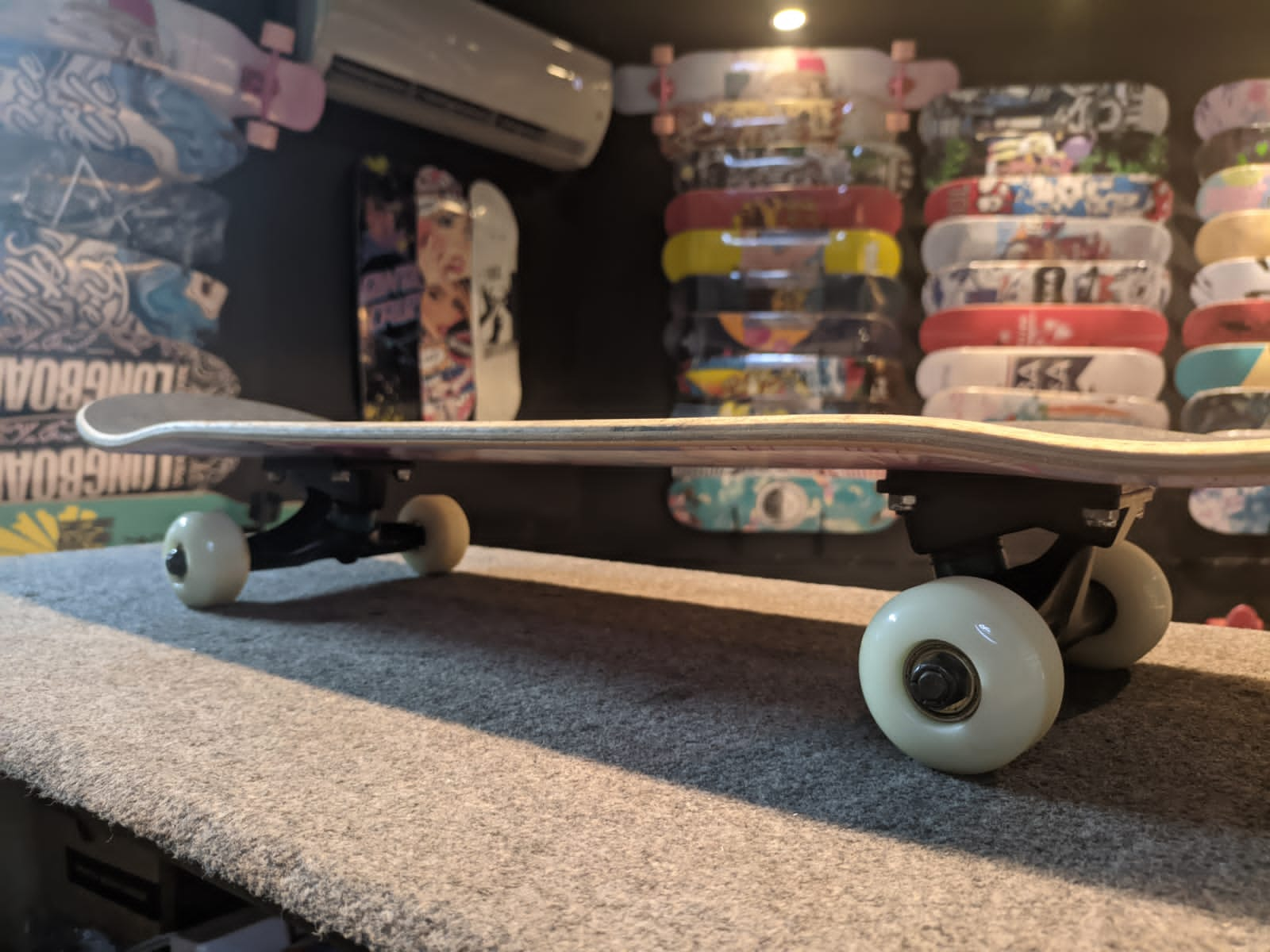
I. For street skateboarding
Street skating involves doing flip tricks, flat-ground tricks, and grinds. The style requires a light, narrow deck for easier maneuverability, balance, and comfort. The standard board size for street skating is 8 – 8.25 inches with fitting trucks.
II. For park skateboarding
During park skating, transitions occur at high speeds. Hence, a wider, more stable board is required. Park skating uses 8.25 – 9 inch wide decks with matching trucks.
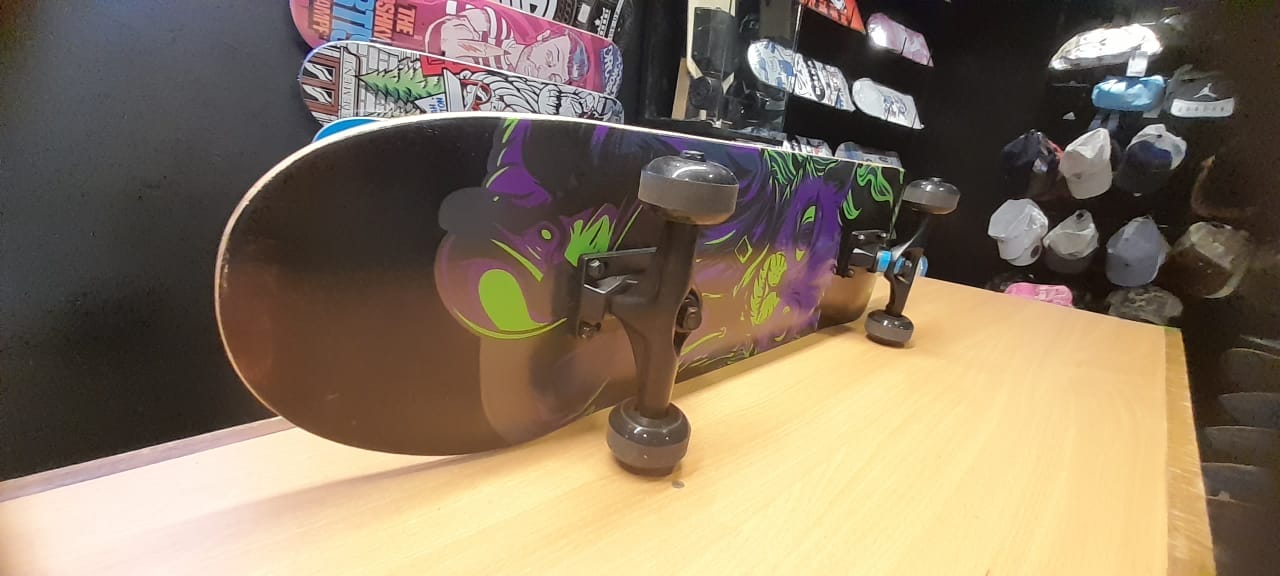
III. For transition skateboarding
In transition skating, riders move from horizontal to vertical via a ramp. The standard board size for this style is 8.5 – 9 inches because it offers more stability.
IV. For rough skateboarding
Rough skating involves going through rugged terrain. Longboards are best suited for rough terrain because of their large and soft wheels.

V. For all-around skateboarding
All-around skating requires a board that can handle urban environments, vertical skating, and rough terrain. The standard size for all-around skating is the 8.25 – 8.5-inch deck.
What Size Skateboard Do Pro Skaters Use?
Pro skaters use specific board sizes that suit their riding style and the terrain. These are the board sizes that pro skaters use;

I. For pro street skateboarding
This form of skating covers many styles, so professional skaters require boards that satisfy their specific needs. The preferred boards range between 8 – 8.125 inches.
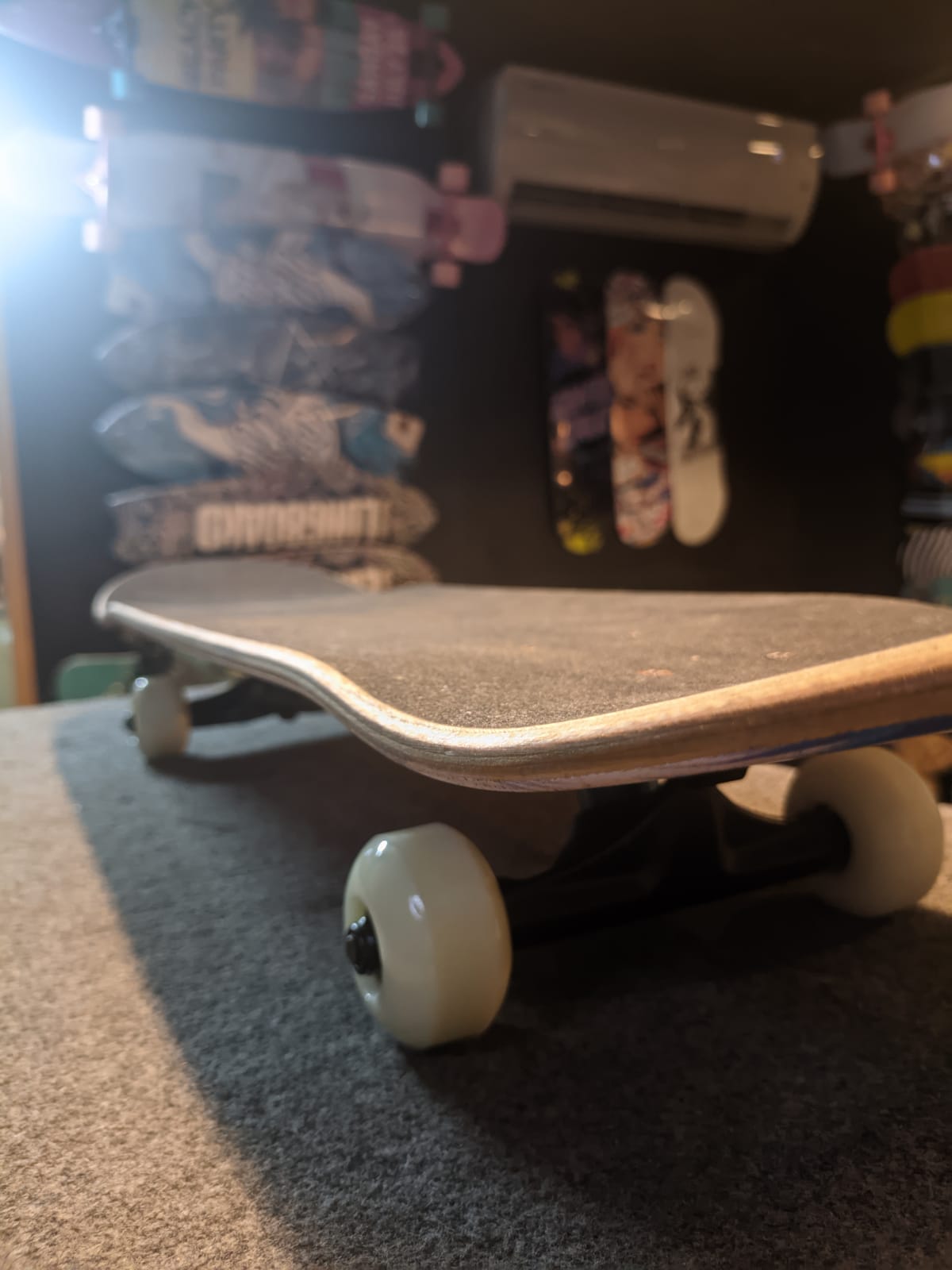
II. For pro park skateboarding
Park skating professionals do a wide variety of tricks, so their boards vary in size depending on personal preference. However, no matter the preference, the boards are always 8.5 inches and above.
III. For pro freestyle skateboarding
Freestyle skaters have always preferred narrow decks that have rails on for balance and the ability to move on the deck. Professional freestylers use boards that measure between 7.25 – 7.5 inches.

IV. For pro all-around skateboarding
All-around professional skaters are capable of skating bowls, handling transitions, or performing intricate tricks on the street. Though the size of an individual all-around skater’s board may vary, they all fall within the 8.25 – 8.5-inch range.
Frequently Asked Questions
What Is The Average Skateboard Size?
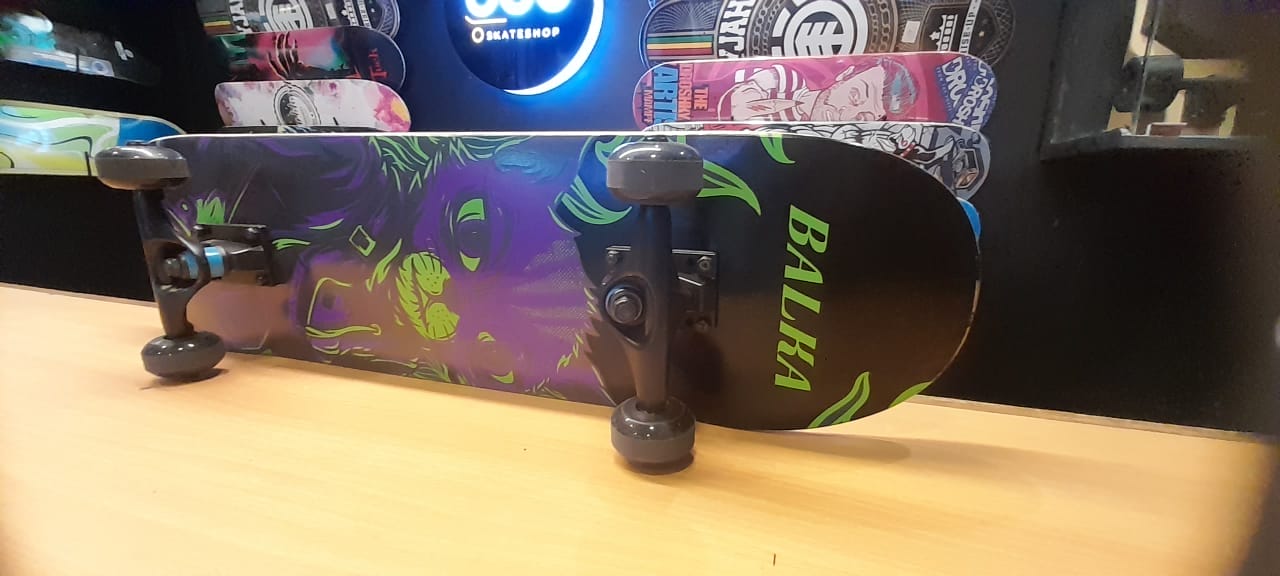
Skateboards come in varying sizes, but the average is between 7.5 – 8.25 inches in width. The average length is 28 – 32 inches, with a wheelbase between 13 and 15 inches.
What Size Skateboard Does Tony Hawk Ride?

Tony Hawk is a legendary figure in the skating world. He has won several championships and medals over his fantastic career. Though he began skating with a 9-inch board, he has ridden every size and type of skateboard over the years.
An 8.5-inch wide, 31.5-inch-long board is Tony’s board of choice. Though the 9-inch board fits his shoe better, he says the smaller 8.5-inch deck allows him to flip and perform elaborate tricks more easily.
Conclusion
The average size of a skateboard falls between 7.5 and 8.25 inches. And sticking to the average is the best thing for an amateur.
However, we recommend finding the sweet spot in the average region. .75 inches can make the difference when pulling off some tricks. And we have provided all the information you need for that.

